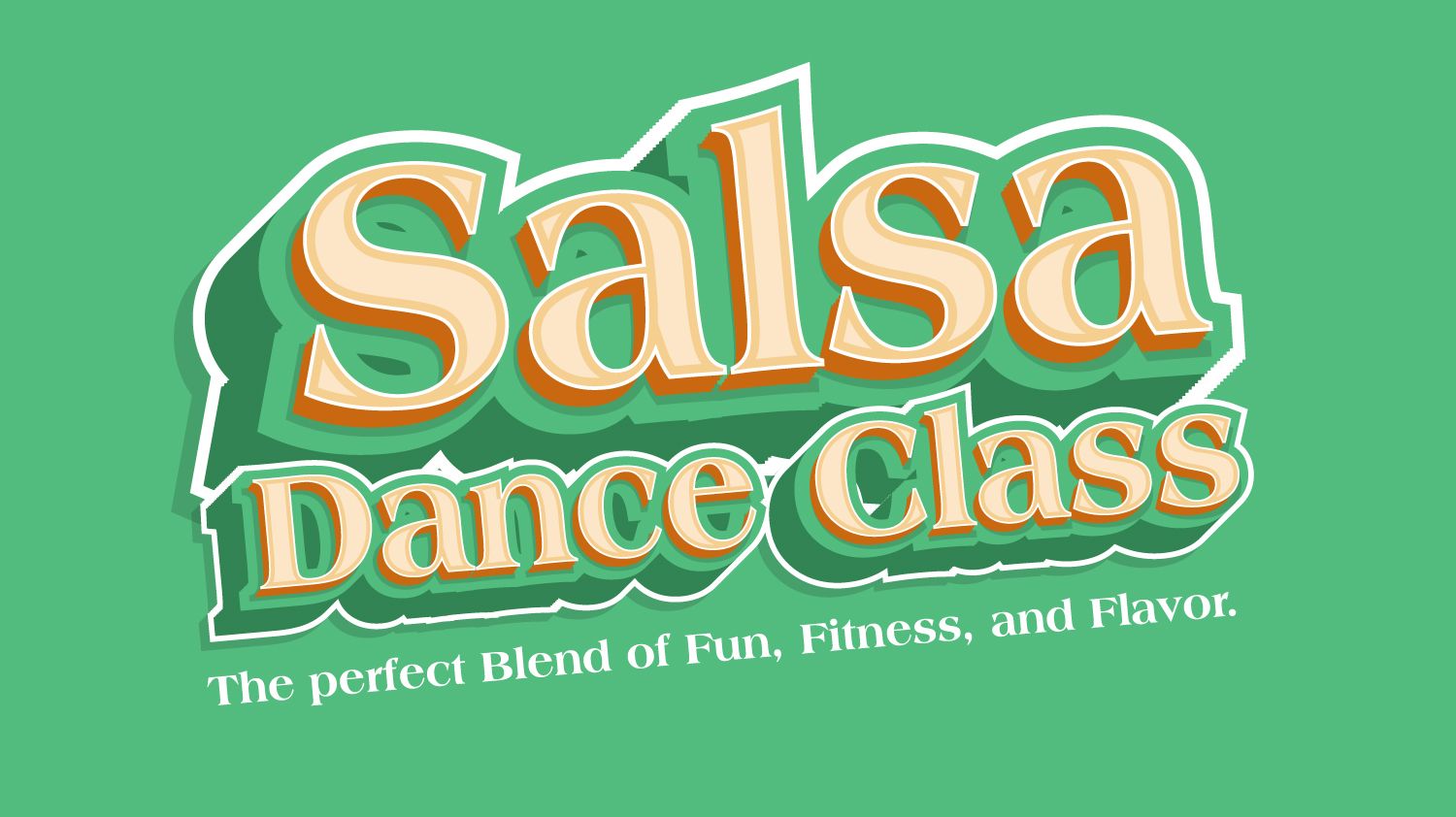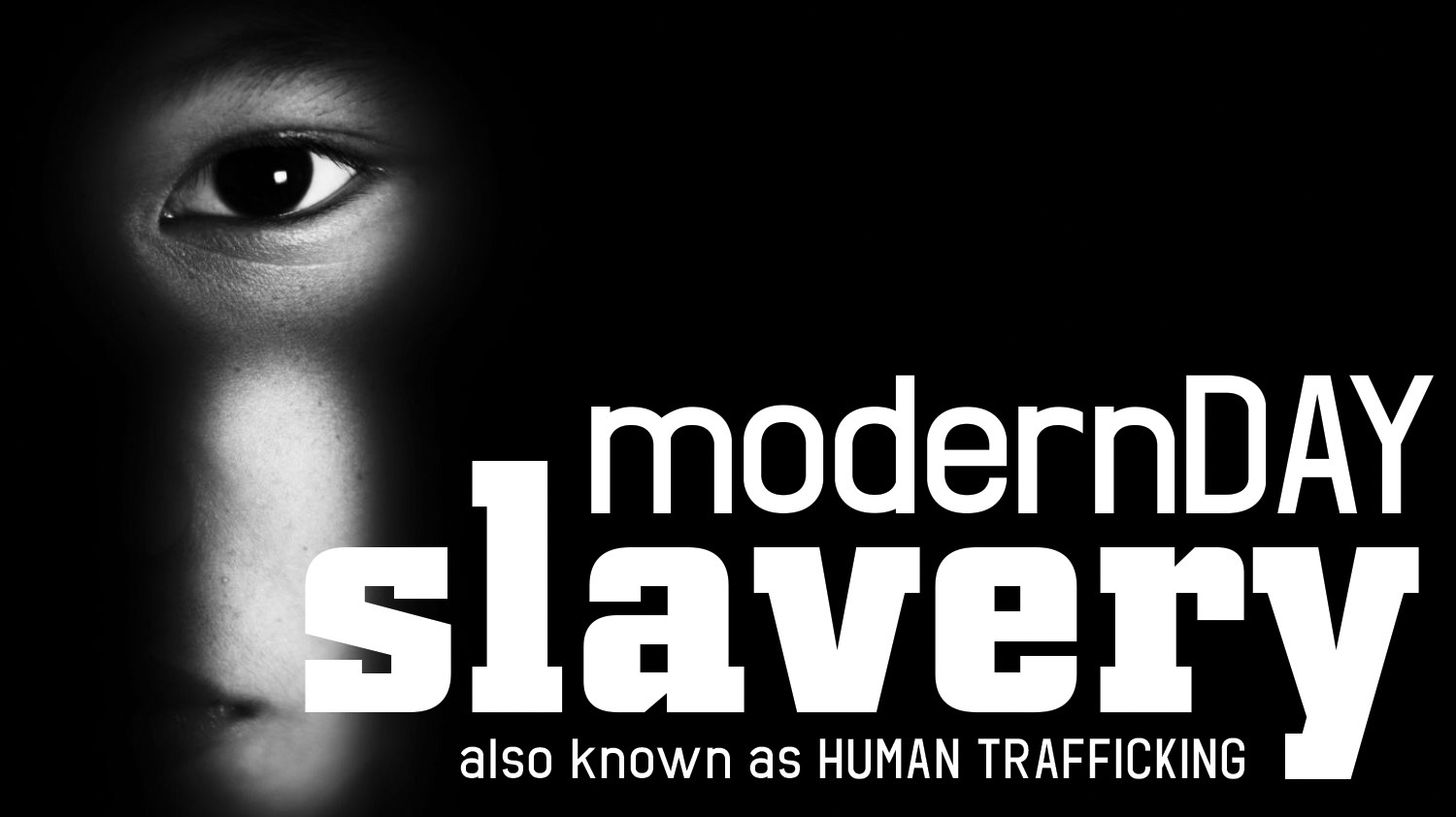- 1 in 4 of those enslaved are children.
- Approximately 71% of those enslaved are women and girls.
- In 2016, an estimated 15,000-50,000 women and children were being sex trafficked in the United States each year. But even these numbers vary wildly. In a study by the Department of Health and Human Services, the estimated numbers were 240,000-325,000, while the University of Pennsylvania reported the numbers as 100,000-300,000.
- Traffickers earn an estimated $150 billion, globally, per year, approximately $99 billion of which is earned through sex trafficking.
- 47 countries have not met international standards and recognize human trafficking as a crime.
- Almost 100 countries fail to criminalize forced labor or it garners nothing more than a fine.
- Less than one third of countries world-wide have protections in place to protect women and girls from forced marriages.
- While there are many victims targeted by people they have never met, others know their traffickers, including family members and romantic partners. Survivors have named both parents and spouses, among others.
- Unlike human smuggling, no borders (state, national or international) needs to be crossed to be classified as human trafficking. As victims can be trafficked in their home towns or even their own homes, no movement at all is necessary for this crime to be committed.
- Prior consent of participation does not affect trafficking if physical force, fraud or psychological manipulation forces a person to continue performing sexual or laborious services.
- Not all victims are physically forced or kidnapped. Psychological exploitation through threats, trickery, manipulation and defrauding are common tactics. Many believe these tactics are more prevalent.
- Not all sex trafficked victims are women and girls. Although male victims are less likely to be identified, males are definitely vulnerable. LBGTQ young men and boys are especially susceptible.
- All commercial sexual acts involving a minor are legally considered Child Sex Trafficking. This is not true for adults unless the adult providing these acts does so against their will due to fraud, coercion or force.
- There is certainly a great deal of risk associated with underground or illegal industries. However, commerce such as restaurants, construction, factories, cleaning services and more have been reported and prosecuted in trafficking.
- Although some victims may be physically unable to leave a trafficked situation, either they are locked in or held against their will, others remain for far more complicated reasons. They may fear for their own or others safety, they may be so effectively manipulated they don’t see themselves as being under the control of another or it could be as simple as having no transportation or a safe place to live if they were to try to escape.
- While labor trafficking is a far larger problem in developing countries, such trafficking exists throughout developing and developed countries around the world.
- https://www.state.gov/what-is-modern-slavery/
- https://www.antislavery.org/slavery-today/modern-slavery/
- https://www.globalslaveryindex.org/
- https://www.ilo.org/global/topics/forced-labour/statistics/lang--en/index.htm
- https://deliverfund.org/2020/04/17/facts-about-human-trafficking-in-the-us/
- https://polarisproject.org/myths-facts-and-statistics/#:~:text=In%202018%2C%20Polaris%20worked%20on,Human%20trafficking%20is%20notoriously%20underreported
- https://restavekfreedom.org/2018/09/11/the-history-of-slavery/?gclid=CjwKCAjwgdX4BRB_EiwAg8O8HWjrz8Zp7bV4bF8BjpbwrzKliR0_-vrn763vi_xqMo583XYv4zVGLxoCKPwQAvD_BwE
- https://www.stopthetraffik.org/about-human-trafficking/types-of-exploitation/
- https://www.dosomething.org/us/facts/11-facts-about-human-trafficking#:~:text=Human%20trafficking%20earns%20global%20profits,comes%20from%20commercial%20sexual%20exploitation
- https://polarisproject.org/national-human-trafficking-hotline/
- https://www.state.gov/20-ways-you-can-help-fight-human-trafficking/
Written by Jenifer Chrisman on September 14, 2020.
“Slavery is not a horror safely confined to the past; it continues to exist throughout the world, even in developed countries... Across the world, slaves work and sweat and build and suffer.”
– Kevin Bales
Although no exact date can be determined, as it predates the historical record, slavery has existed for thousands of years. Despite its cruelty and inhumanity, it still persists today. And the numbers, although varying widely due to the difficulty of performing accurate research, speak for themselves. As of 2019, an estimated 40 million people are currently subjected to modern-day slavery...and no country is immune.
Also known as trafficking in persons and human trafficking, this number, believed to be grossly underreported and likely only a fraction of the actual number of people caught in this terrible trade, continues to grow at an unprecedented rate, in large part due to the internet. Alarming trends, as well as an obvious need for stronger and more consistent laws, continue to emerge.
Most notably:
Trafficking, the compelling of someone through physical threats, use of force, psychological or other coercive means, deception or abuse of the legal process by recruiting, harboring, transporting, providing or obtaining, even if the person gave prior consent, is an exploitation for commercial or personal gain. Modern-day slavery spans the globe in a wide array of forced servitude. The United States Department of State (https://www.state.gov/what-is-modern-slavery/) divides modern-day slavery into two categories, but other countries have additional qualifiers (https://www.antislavery.org/slavery-today/modern-slavery/).
Click below to see a simple breakdown of modern-day slavery:
There are numerous misconceptions regarding modern-day slavery. As pervasive as slavery itself, these misconceptions continue to persist as common belief:
Anyone can be the victim of modern-day slavery, but some are more vulnerable than others. High risk victims often include runaway or homeless youth, persons who have migrated or relocated, abuse of substances, child welfare system involvement and mental health issues, which offer vulnerabilities traffickers can identify and leverage.
Traffickers use these leverages in a wide variety of tactics to control their victims, from isolation from friends and family to emotional and physical threats and abuse. Armed with the knowledge of how best to address the needs of their targets, the results leave the victims fearful and trapped, whether due to shame, physical threats (toward self or family), psychological trauma or emotional attachment.
Like the people they traffic, the perpetrators span all socioeconomic, sex, national, racial, religious and ethnic demographics. They include intimate partners, parent(s) or family members, individuals, business owners and farmers, gang or network members, government representatives and corporate executives. Some have experienced oppression similar to their victims, others have a great deal of power, privilege and/or wealth, while the rest fall anywhere in between.
Without the victims’ voices, this is simply a factual- and numbers-based story. While reading this might garner a chill, it is impossible for facts and figures to truly express with any true horror the depravity and degradation suffered by so many for power and monetary gain. But henceforth, in the words of William Wilberforce, “You may choose to look the other way, but you can never say again that you did not know.”
For more comprehensive lists, with country-by-country estimates, visit Walk Free at https://www.globalslaveryindex.org/resources/downloads/.
For ways you can help combat this terrible crime, visit https://www.state.gov/20-ways-you-can-help-fight-human-trafficking/.
Contact the National Human Trafficking Resource Center Hotline (24 hours a day, 7 days a week, 200+ languages) at 1-888-373-7888, or visit their website at https://polarisproject.org/national-human-trafficking-hotline/, to report tips, seek services and/or ask for help.
Sources:




